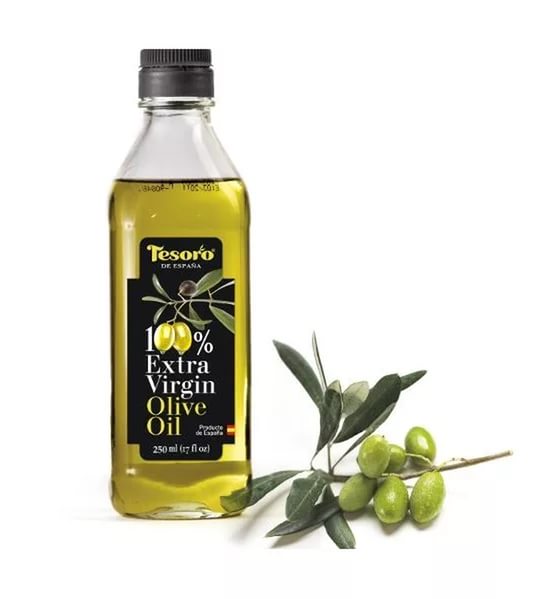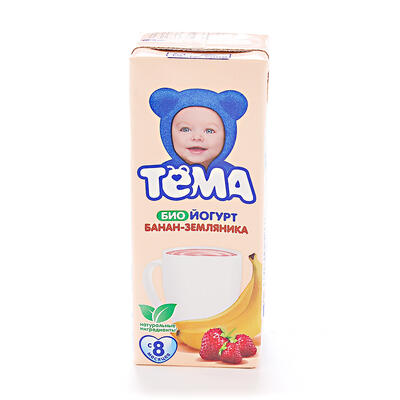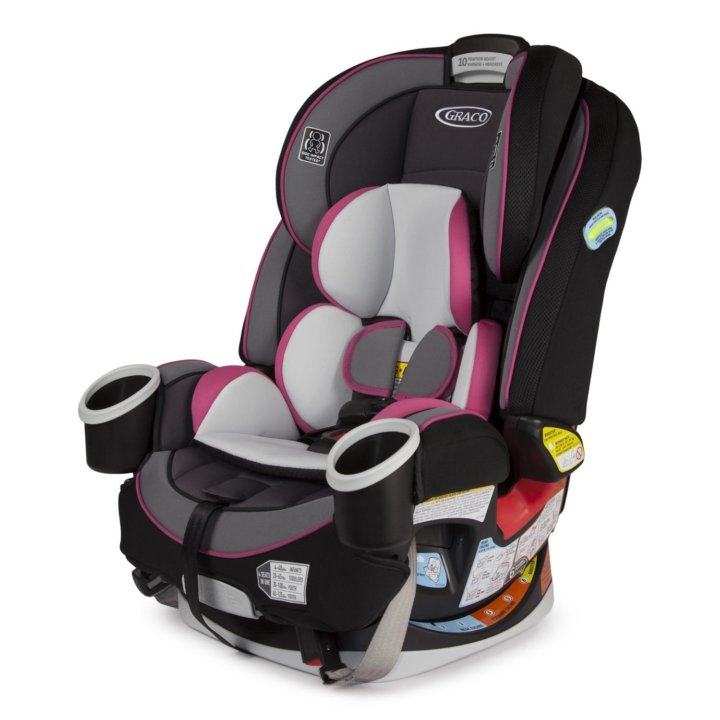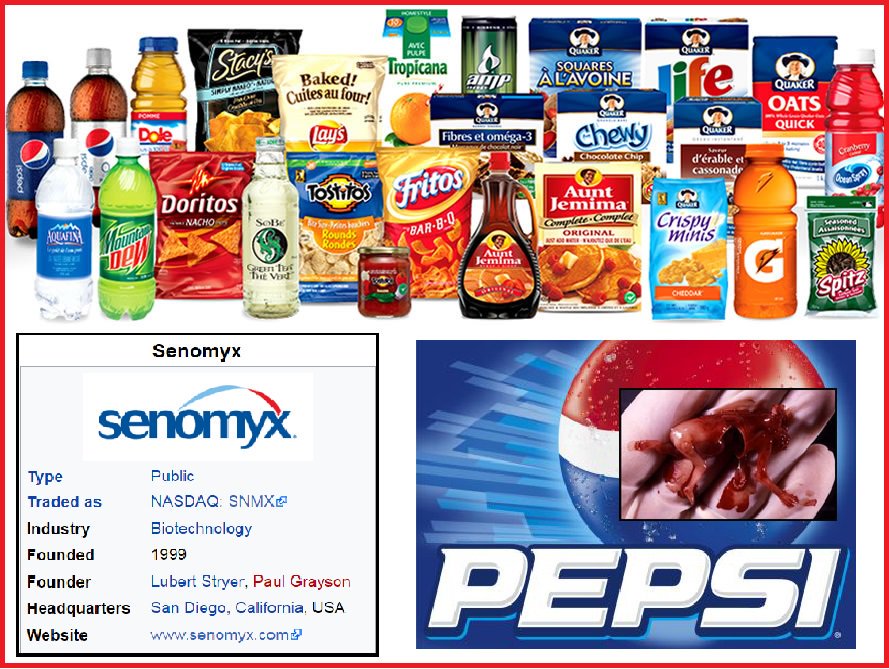Baby food in thailand
Thailand with Babies, Thailand with Toddlers; Food, Formula and Nappies
Your baby and toddler essentials in Thailand
Water Quality in Thailand
The quality of the water in Thailand is low and it is important that your baby only drinks bottled water. Bottled water is available everywhere in Thailand but please be mindful of the fact that it can be overpriced in hotels and it is cheaper to buy it in the local shops and markets. Remember to boil bottled water for infants when making formula. Most good hotels will have a kettle in the room.
Breastfeeding in Thailand
Thailand is a modest country. Children and babies are welcome everywhere, however, breastfeeding should be done out of public view and as discreetly as possible.
Buying Baby Food, Formula & Nappies in Thailand
Tesco Lotus and many other departments store supermarkets sell formula and nappies but you may not be able to get what your baby is used to here. It is always safer to bring your formula with you. You can also buy baby foods and some sell imported organic fruit products also. These tend to be much more expensive than at home so keep this in mind if you plan to buy food for your baby in Thailand. The 7/11 shops located on almost every street sell small packets of nappies and local formula. Be aware that you probably won’t be able to read the instructions on the carton but you should be able to ask someone in your hotel to assist you with this.
Nappies can be purchased in most department stores or in Tesco Lotus or the local 7/11 stores. Pampers tend to be expensive however local brands are fine and you can buy these in most local stores. Swim nappies may be harder to find and you might want to take these with you. You will need to bring equipment or products to help you sterilise younger children’s bottles.
Baby Carriers and Strollers
Ideally you will have both a stroller and sling (baby carrier) with you on your trip. You might want to bring a smaller fold up stroller for older children however it is very handy in the evenings to have a comfortable stroller so that they can sleep while you eat out.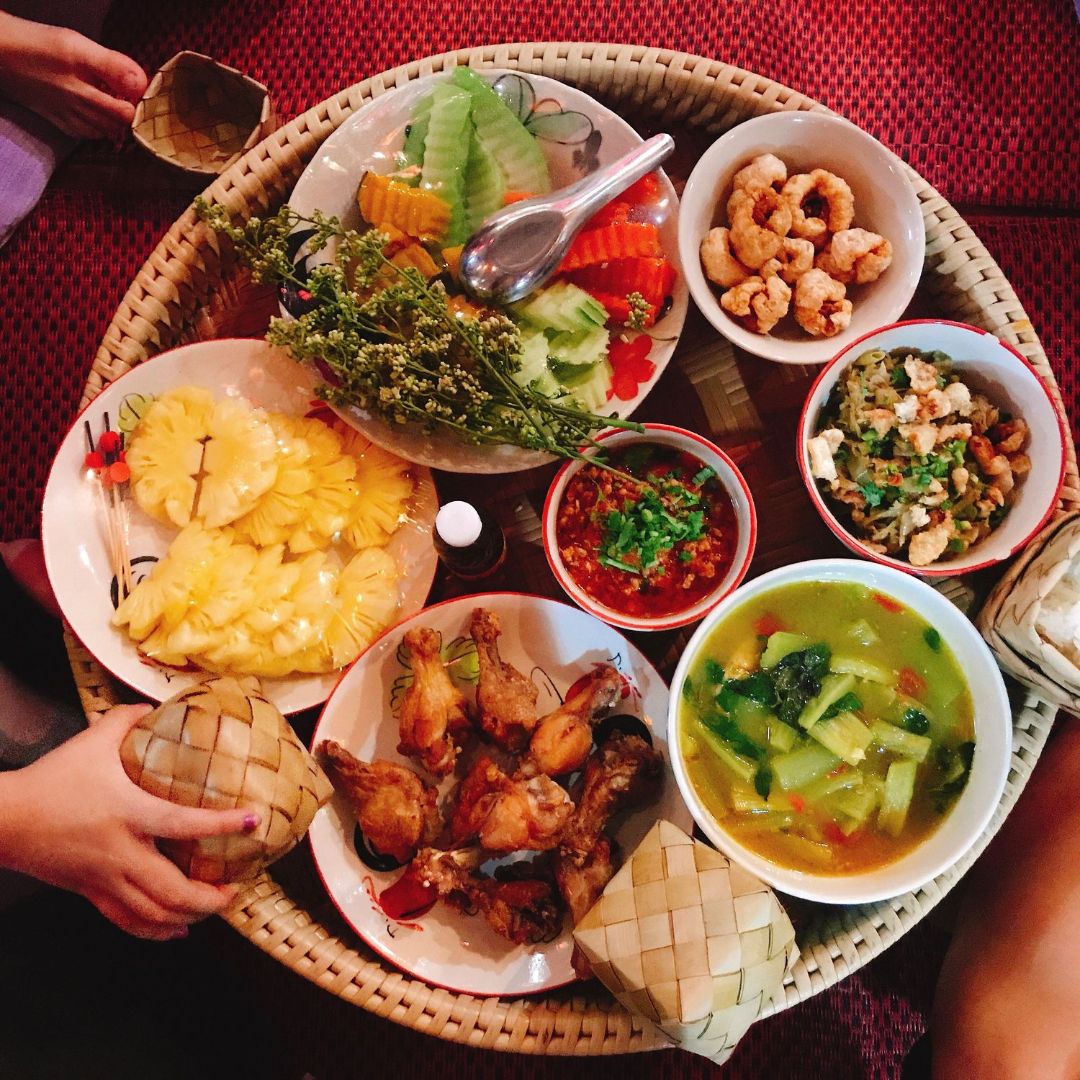 A sling is also a very useful thing to have for sightseeing. In many parts of Thailand including Chiang Mai and Bangkok the footpaths are of a low quality or in some cases are non-existent. This makes it very inaccessible for strollers. It would be advisable to bring a lightweight sling if possible to prevent your baby from overheating. For information on lightweight slings and strollers click here.
A sling is also a very useful thing to have for sightseeing. In many parts of Thailand including Chiang Mai and Bangkok the footpaths are of a low quality or in some cases are non-existent. This makes it very inaccessible for strollers. It would be advisable to bring a lightweight sling if possible to prevent your baby from overheating. For information on lightweight slings and strollers click here.
Sleeping & Clothing
You should bring a light grow bag if your baby is used to them. The cots offered by hotels are generally travel cots with sheets and a baby duvet or blanket on them. A blanket might also be useful for the plane. Cots vary in standard in hotels however most 4 and 5 star hotels will either have Western style travel cots or comfortable wooden cots. For further tips on helping your baby to sleep while travelling click here.
Light clothing is essential and it is handy to have a combination of vests, full baby grows and other light clothes. If there are mosquitos where you are going you may wish to cover your baby’s arms, legs and feet in the evenings prevent bites.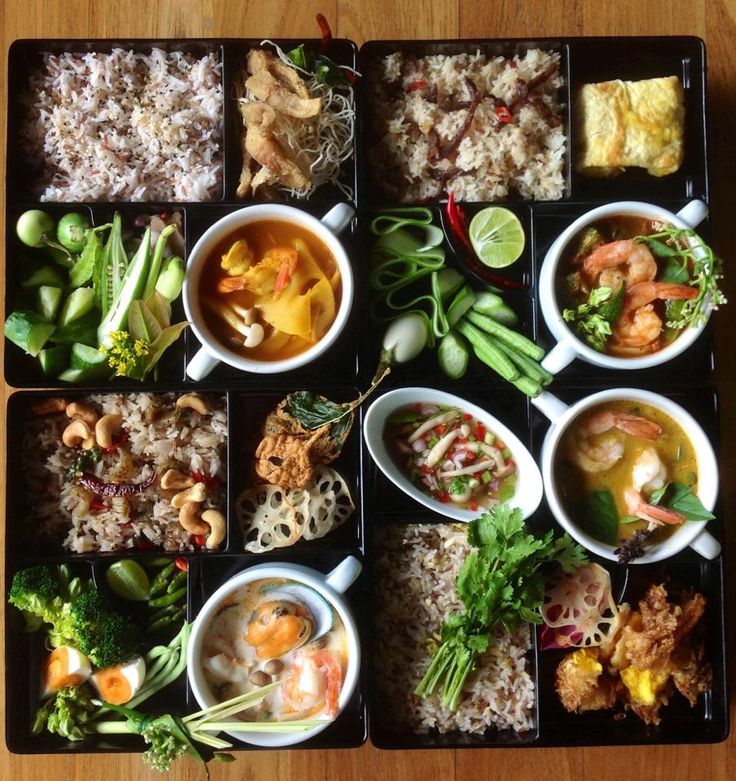 A light cardigan or hoody would be useful for the evenings as some parts of Thailand can be cool at night especially in the winter months. The air conditioning tends to be turned up high in most hotels and restaurants also so make sure you carry something to keep your baby warm when you go indoors. A hat is also a must to protect your child from the sun.
A light cardigan or hoody would be useful for the evenings as some parts of Thailand can be cool at night especially in the winter months. The air conditioning tends to be turned up high in most hotels and restaurants also so make sure you carry something to keep your baby warm when you go indoors. A hat is also a must to protect your child from the sun.
Travel Safety
Thai roads are notoriously dangerous with a large number of deaths each year. It is vital that you use a car seat when travelling by car. Taxis in Thailand will generally have a seat belt in the back if you plan to bring your own car seat however this may be cumbersome and you can also arrange for taxis with car seats. Tuk tuks are everywhere in Thailand although it would not be advisable to use these with a baby or young child as they are open and exposed and extremely dangerous if an accident occurs.
Using Hotel Babysitting Services in Thailand
Using a babysitter abroad would not be for everyone but it is your decision.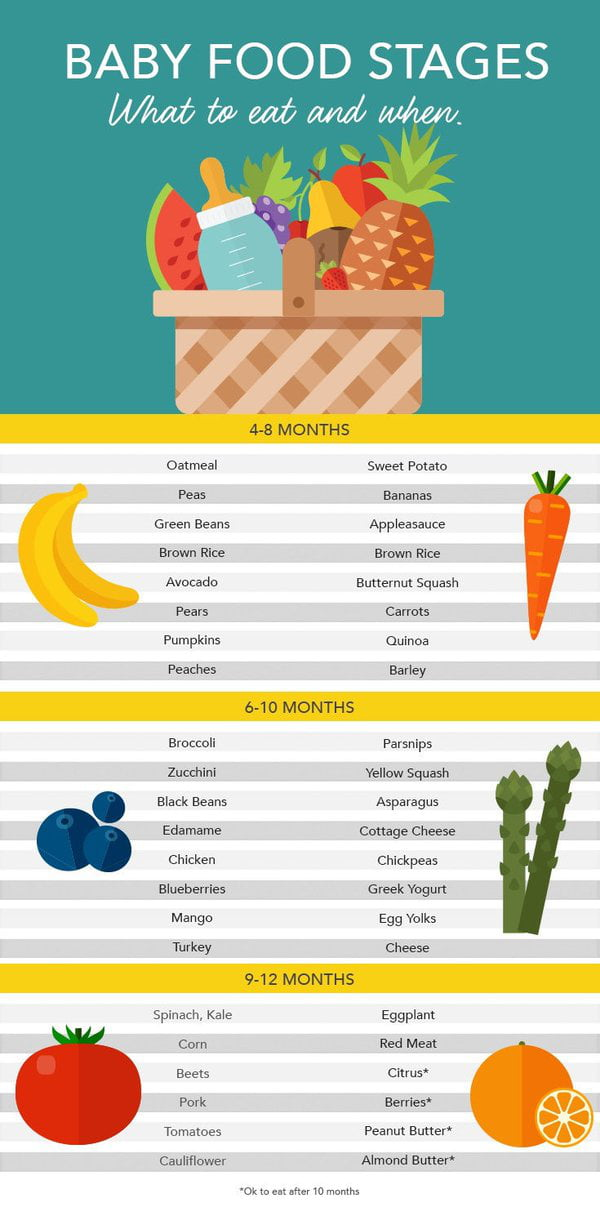 Most good hotels in Thailand will offer babysitting services with experienced babysitters. If you decide to use these services it would be advisable to ask the hotel as much as possible about the babysitter. Police vetting is not carried out in Thailand and most babysitters are mothers themselves but may not be professionally qualified in childcare or trained in first aid. If you are going out at night, ask to meet the babysitter earlier in the day and introduce them to your child. Ask them about their experience and make sure they are qualified to mind your little one. For information on using babysitting services when abroad and a checklist of questions to ask a babysitter click here.
Most good hotels in Thailand will offer babysitting services with experienced babysitters. If you decide to use these services it would be advisable to ask the hotel as much as possible about the babysitter. Police vetting is not carried out in Thailand and most babysitters are mothers themselves but may not be professionally qualified in childcare or trained in first aid. If you are going out at night, ask to meet the babysitter earlier in the day and introduce them to your child. Ask them about their experience and make sure they are qualified to mind your little one. For information on using babysitting services when abroad and a checklist of questions to ask a babysitter click here.
Health & Wellbeing
Make sure you take out travel insurance to cover your entire journey, including your travel days. If you suspect illness always see a doctor and don’t take any chances. If possible stay in one of the areas with good medical care. The hospitals in Bangkok, Chiang Mai, Koh Samui, Pattaya and Phuket all have excellent medical facilities and doctors that speak English. If you are staying on one of the islands have a look at how long the ferry service takes to take you to the mainland where there are medical facilities and check that the schedule is regular.
If you are staying on one of the islands have a look at how long the ferry service takes to take you to the mainland where there are medical facilities and check that the schedule is regular.
Ear infections are common in Thailand due to the humidity so ensure you dry ears thoroughly after swimming and bathing. Also, ear infections can cause complications when flying so see a doctor if you suspect one prior to a flight.
PharmaciesIn general, pharmacies are open from 09:00-21:00, although some smaller pharmacies may be open before or after these times. There are Boots pharmacies located throughout Thailand and most tourist areas will have pharmacies with English speaking assistants.
Insect Protection
Mosquito repellent, a mosquito patch and or a mosquito bracelet and a mosquito net are a must in Thailand, especially if your baby is going to be out in the evenings. Mosquitos and other insects can bite even if they do not pose a malarial risk, particularly in the evenings.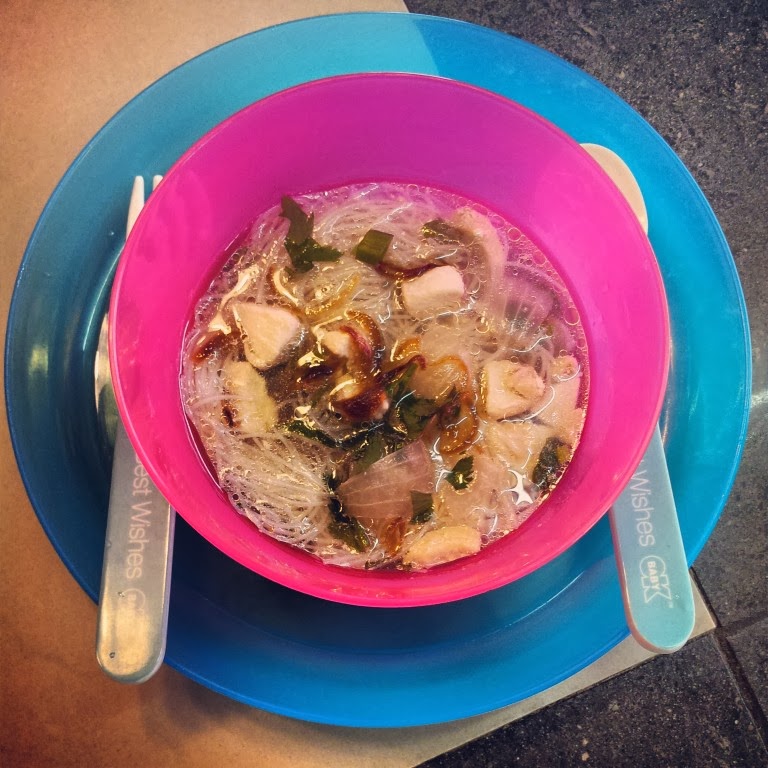 Many restaurants and markets are outdoors and the risk of being bitten is higher. Click here for further information on insect protection and how to deal with bites.
Many restaurants and markets are outdoors and the risk of being bitten is higher. Click here for further information on insect protection and how to deal with bites.
Remember that there is rabies in Thailand so don’t let your child pet any dogs, cats or any other little creatures that you might come across.
Sun Protection
Ensure that you bring sunblock for babies, many brands of sun block cannot be used on babies under the age of 6 months and therefore it is important to ensure that their skin is protected by keeping them away from direct sunlight and using UV protected clothing. Very light babygrows and vests might let the sun’s rays through so be mindful of this also even when you think your baby is completely covered. It is useful to buy swimwear with long sleeves also as this will protect your baby while in the water. Make sure that you also bring a sun hat for your baby as their heads can burn very quickly. A parasol will assist in keeping the sun off your baby’s skin and certain ones can be attached to your baby’s buggy.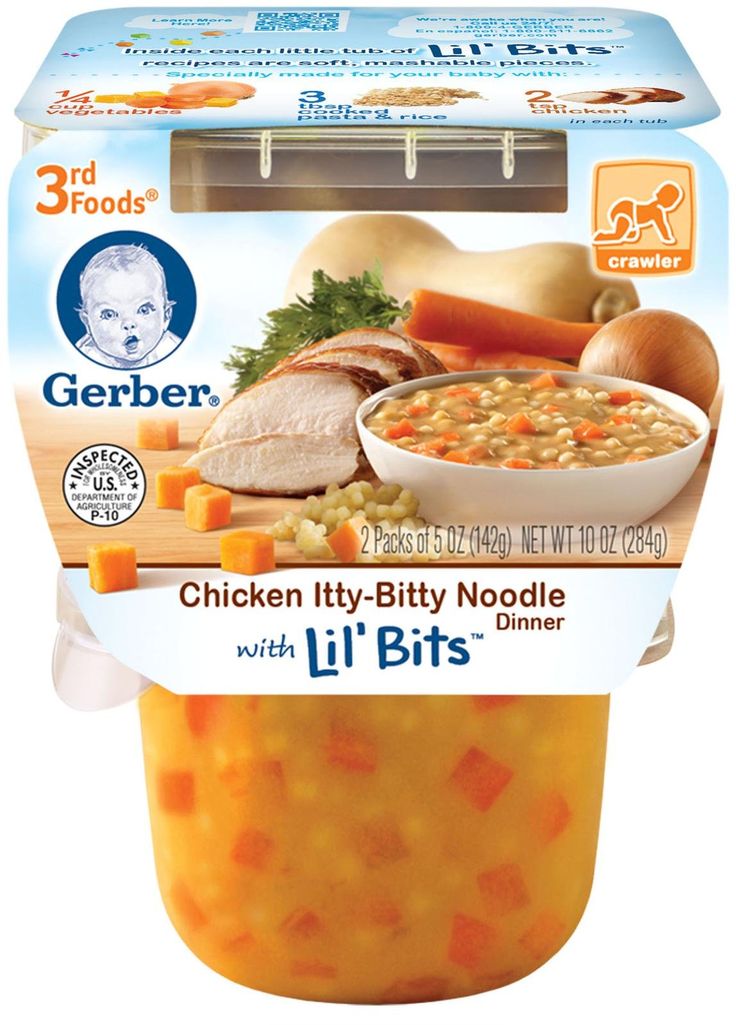 A UV protected small sun tent can be purchased for the beach. For further information on protecting your baby from the sun click here.
A UV protected small sun tent can be purchased for the beach. For further information on protecting your baby from the sun click here.
Vaccinations
The NHS advises to consult with your General Practitioner or Practice Nurse 6-8 weeks in advance of travel. They will assess your particular health risks before recommending vaccines and /or antimalarial tablets. Babies cannot take antimalarial drugs and parts of Thailand pose a risk for malaria and dengue fever so if you decide to travel to these places you will need to take other precautions to protect your little one. Make sure that you speak to your GP six weeks before travelling to ensure that you have all the necessary information. For tips on protection against mosquito bites, click here.
First AidA good first aid kit is essential for any trip abroad. Click here for advice on first aid and how to treat minor injuries, burns and bites yourself.
Emergency NumbersMany good hotels will have a doctor that they can contact if your child becomes ill or will be able to direct you to the appropriate hospital.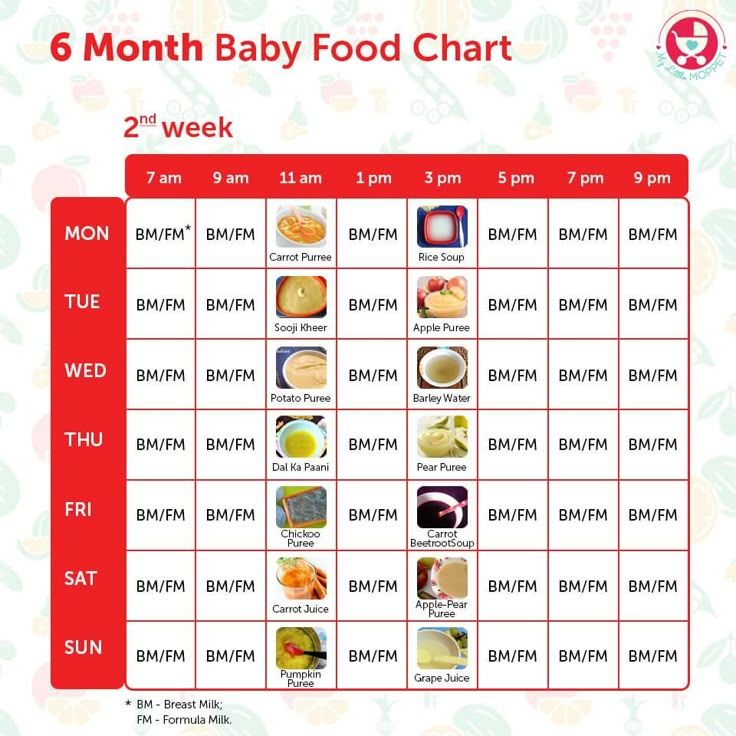 If you need to reach an English-speaking operator where a crime has been committed call the Tourist Police, who speak English or in the case of an accident you can call an ambulance from one of the many international hospitals in Thailand.
If you need to reach an English-speaking operator where a crime has been committed call the Tourist Police, who speak English or in the case of an accident you can call an ambulance from one of the many international hospitals in Thailand.
Tourist Police 1155
Police (General Emergency Call) 191
Ambulance and Rescue 1554
Consular ServicesContact your consular service or embassy if you have been a victim of crime, arrested on suspicion of committing a crime, if you or anyone in your family has a serious illness. Consular offices also provide help in the case of a lost or stolen passport. The contact number for the Irish Consul in Bangkok is +66 2 632 6720 and the number for the British Embassy is +66 2 305 8333.
Thailand with a Toddler or Baby: Know Before You Go
Are you thinking about taking a trip to Thailand with a baby? Or maybe visiting Thailand with toddlers? You are in for an awesome time! Thailand is a wonderful country to visit with little ones, and in fact it was our very first trip as a family (when we visited Thailand with a 4 month old!)
There are a few things that you need to know to prepare for the best trip ever. Read on to learn all about traveling to Thailand with a baby.
Read on to learn all about traveling to Thailand with a baby.
Is it safe to travel to Thailand with a baby?
I will start with this question, because people ask it a lot.
Yes! Thailand is safe for babies. As safe as anywhere else, if you take the proper precautions.
Thailand has some of the same risks that you will find in any country, especially in the big cities, but there is nothing especially dangerous about Thailand for toddlers or babies.
Some things you might want to think about ahead of time and watch out for: lax building codes (meaning open stairwells and other dangers), beach and pool safety, food and water safety, and transportation. I cover all of these in later sections.
The overall crime rate per capita is 1/5 of that in the US, although the rate of violent crimes in slightly higher than in the US, according to the stats website NationMaster. Kidnappings are below the global average, and while Thailand does have a trafficking problem, it is sadly children from rural areas and neighboring countries who are impacted, not foreign visitors.
As with anywhere, including at home, take normal precautions. But there is nothing inherently unsafe about taking a baby to Thailand.
Plan ahead for transportation.
This is always a challenge when you travel with a baby or toddler, and especially in areas of Southeast Asia where transportation can be dangerous.
It is standard practice for locals in Thailand, and most of Asia, to carry your baby on your lap in the car. Or on your scooter. I even once saw a woman breastfeeding while driving her scooter in Indonesia, with a toddler hanging on her back! Impressive, terrifying… but normal in that culture.
However, we were not comfortable with just sitting in taxis with our baby on our lap. And over the years, we have learned a lot about how to safely get around while traveling.
You may have heard that you can’t use car seats in taxis in Thailand. This is sometimes true. More specifically, you will often find that the taxis do not have rear seatbelts, they certainly won’t have a LATCH system, and sometimes, even with seatbelts, they won’t allow you to install your car seat.
So how do you get around all that?
You will need to plan ahead to mitigate and eliminate the risk of driving without a car seat.
You can stay in areas that will minimize your taxi time. When we stayed in Bangkok, we chose a hotel a short walk from the Skytrain. We used the train to get almost everywhere we wanted to see.
On the islands, we chose places to stay that were close to the beach, and took tuk tuks in low-traffic areas. (I’m not saying tuk tuks are safe, so we tried to use them only in slow-moving pedestrian areas).
If you do have your car seat with you, you’ll have better luck installing it in a Grab (the Uber of Southeast Asia) than in a taxi. You can also book your airport transfer ahead of time, and ensure that they will allow you to install the car seat.
Some shuttle services will have a car seat available to borrow if you ask ahead of time. While this is obviously preferable to no car seat, but there is no guarantee that you will get a safe, accident-free, clean, or even appropriately-sized car seat.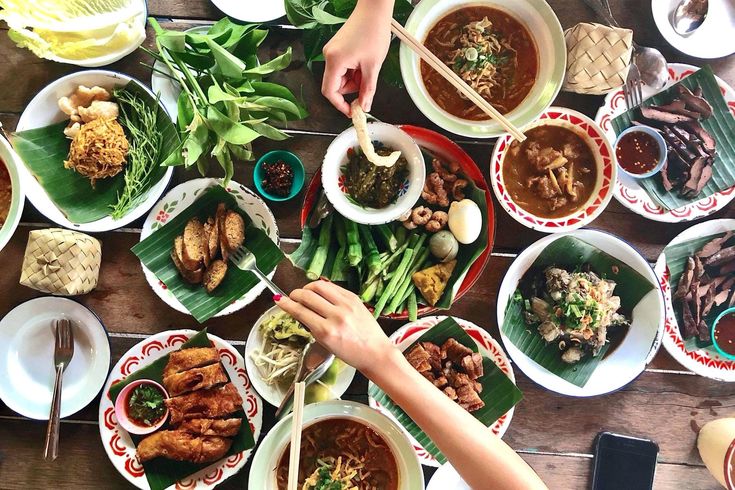 If you have brought your own car seat (perhaps for use on the flight), that is your safest bet.
If you have brought your own car seat (perhaps for use on the flight), that is your safest bet.
You can rent a car with a driver for a day or days at a time for pretty cheap in Thailand. This is a great option if you bring your car seat or if you hire from a company that provides car seats. Hire a car for day trips, or any days that you are planning to jump around to several sites within one day, and use the car seat instead of hopping from taxi to taxi.
Hiring a driver is a great way to get to some of the best off-the-beaten track things to do with kids in Thailand!
If you do need to ride in a taxi without a car seat, there are still ways to mitigate the risk a little. I talk about this, along with other car seat alternatives, at length in this post about safe transportation on vacation.
Baby supplies are available, but not always easy to find.
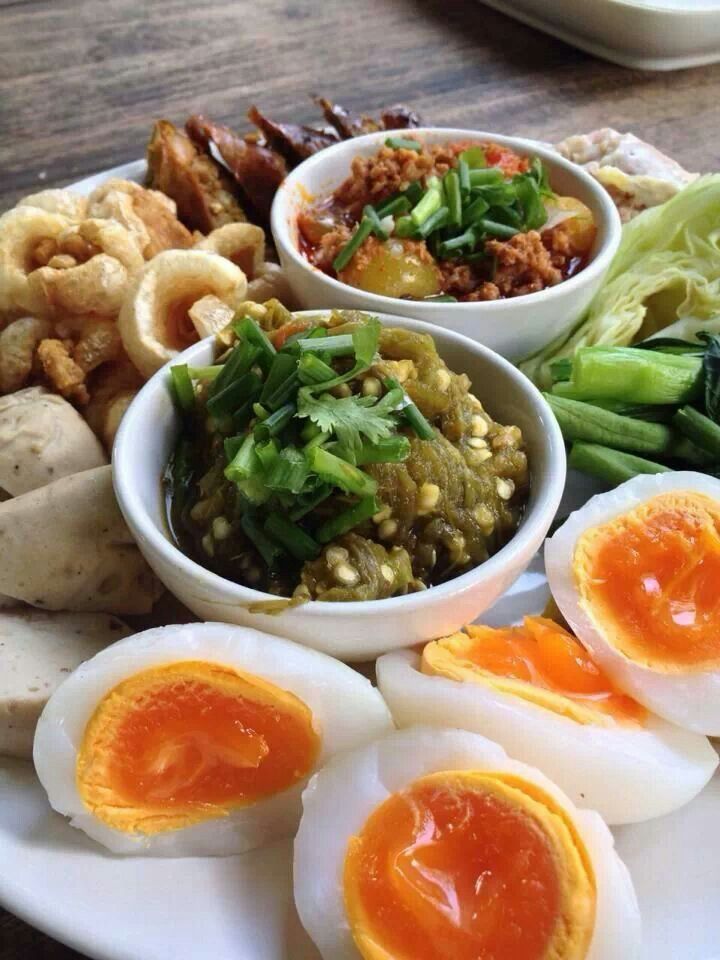
I am a big proponent of traveling light. In fact, we always travel carry on only with a baby and a toddler. One of the ways I do that is by planning to buy supplies if needed.
That’s easier in some places than in others, and we found it especially challenging in Thailand. When we stayed in a touristy area of Phuket, we went to every market in walking distance in search of diapers and formula, with no luck.
Usually any mid-sized corner market (anywhere in the world) will have diapers and wipes, because there are diaper-wearing babies everywhere. We just had the misfortune of only finding teeny-tiny candy bar markets and one big farmers market that day.
However, formula can sometimes be trickier.
The Big Buddha in Phuket, Thailand.Formula use is discouraged by the government of Thailand, so it is harder to find. You’ll need to go to a large supermarket for that, like a Big C (think Walmart meets shopping mall meets grocery store).
We had a much easier time getting baby supplies in Bangkok, where Big Cs were easy to find right off the Skytrain. When we stayed on the small, rural (and very untouristed) island of Koh Yao Yai, we didn’t see any markets and I imagine it would be very hard to find formula, or even possibly disposable diapers.
When we stayed on the small, rural (and very untouristed) island of Koh Yao Yai, we didn’t see any markets and I imagine it would be very hard to find formula, or even possibly disposable diapers.
Plan ahead. Stop by the market before heading out to any remote areas. Get extra formula if you use it, because your baby will go through more than you are used to if Thailand is way hotter than your home climate.
Bring your first aid kit from home.
A baby-friendly first aid kit is one of the 21 things that I recommend as absolute essentials for traveling with a baby. Why? It’s not just that you want to have baby Tylenol right away when you need it, it’s that you might not be able to find baby-safe medications at all.
Even if you find what you believe to be baby medications, they probably are not in English. They are being sold to you by someone who is probably not a pharmacist, just a drug store clerk. Who also might not speak English.
This happened to us when my husband was convinced he was dying of food poisoning in Thailand. I could not communicate what I needed (oral rehydration salts!!) to the clerk at the only drug store around in Ao Nong.
I could not communicate what I needed (oral rehydration salts!!) to the clerk at the only drug store around in Ao Nong.
Had that been medication for my baby, even if they had the right thing, I would not be comfortable giving it to my baby without complete confidence in the dosing.
Bring your first aid kit from home, and make sure you have baby-appropriate dosing of any medications you might need.
Don’t expect the restaurants to have high chairs.
There are a lot of things that I take for granted until they are not there when we travel. High chairs are one of those things. Most restaurants in Southeast Asia don’t have high chairs. Or kids’ menus.
You can get around this by leaving your little on in their stroller (if you happen to have it with you), or by getting a travel high chair. I personally love this one, because it folds up to about the size of a men’s wallet and fits on most (but not all) chairs. My child does not love it, but it will usually buy us at least half a meal without her in our arms.
However, Thailand was unlike anywhere else we have traveled with babies. It turns out we did not really need a high chair most of the time, because…
Thai people love babies.
Like, really love them. I’ve never experienced anything quite like walking down a crowded Thai street with a 4-month-old baby. Almost every person we passed stopped to admire, touch, or talk to her! Women, men… it didn’t matter. And it quickly became apparent that everyone would want to hold our baby, too.
The first time a stranger walked up and attempted to pull my baby from my arms, I kind of freaked out. But by the tenth time it happened? We realized it is culturally acceptable here to hold a stranger’s baby – even without asking. This is a culture that loves and values children.
One big perk of this was in the restaurants. As long as the restaurant was not too overly busy, there was always a string of waitresses and waiters lining up to hold our baby.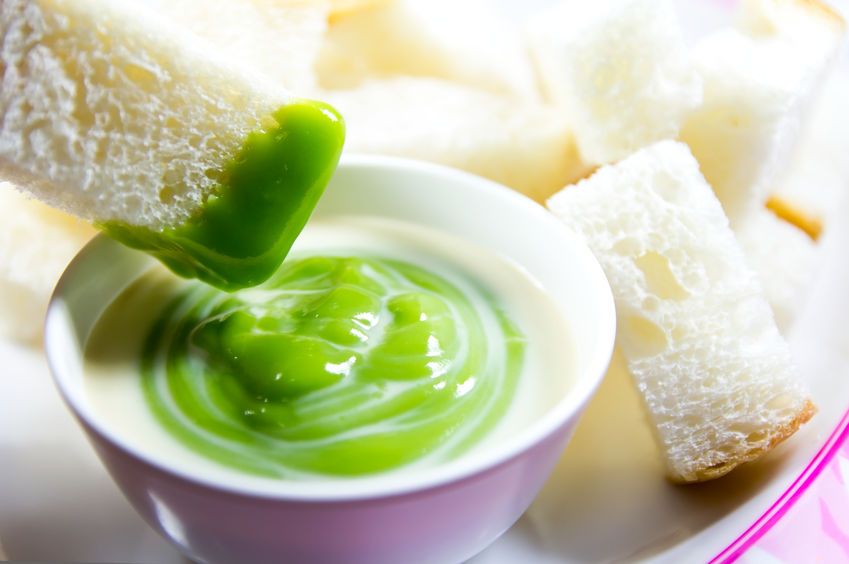
Of course, we always made sure she was close by and nobody ever tried to separate her from us. They would bounce her and walk her around to show all the other waiters, but she was never far. Once we got used to it, it was quite nice to experience that side of Thai culture! Our baby loved seeing so many smiling faces, and we loved having our hands free to eat.
Find great places to see, stay, and eat in this detailed Thailand itinerary.
Be smart about food and water safety.
Street food in Thailand is delicious. But would I feed it to my children? Probably not. Safety standards for street food are pretty sub-par, so you risk food poisoning.
There are some things that you can look for to help you choose safer street vendors. Is the stall clean? Did you watch him cook the food just now, versus grabbing it from a bin that’s been sitting out all day? Are there lots of locals eating there? You can generally trust the locals to know the best places.
Is the vendor selling chicken out of the back of a boat that has been cruising around the beach all day without proper refrigeration? Don’t be like my husband and eat that. He said it was delicious, but definitely not worth the two days of vomiting that followed.
But they look so promising…The water in Thailand is not potable. That means it is unsafe to drink.
So yes, you need to buy bottled water, but you need to think beyond that as well. How are you going to wash out bottles or sippy cups? What about when the pacifier drops on the ground? How can you mix formula?
You want to avoid using tap water for any of those things. Anywhere you stay in Thailand will have a water kettle for boiling water (usually electric), but boiling the tap water will not make it 100% safe to drink. Ideally, anything that you or the baby directly consumes should be bottled water.
You can use bottled water to wash sippy cups and pacifiers, but that can sometimes be a challenge. For those, I prefer to just wash with tap water and soap and then sanitize.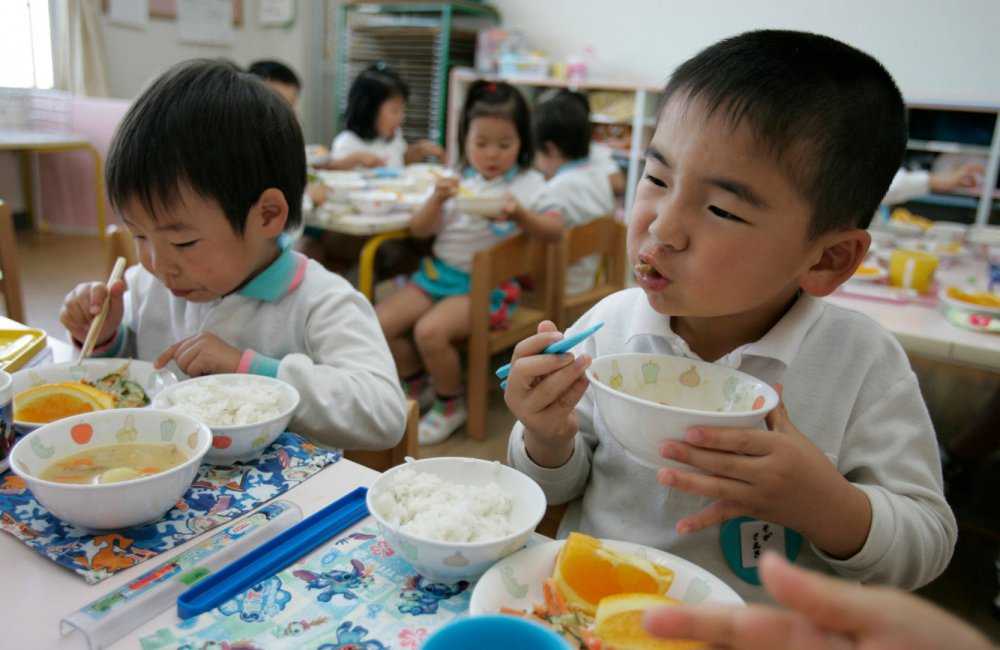
Many families, including my own, prefer to stay in Airbnbs when traveling with kids. One major advantage is that they will often have dishwashers (which will help sanitize bottles) or microwaves that you can use to steam sanitize bottles or pacifiers.
If you don’t, usually boiling the item for at least 5 minutes will do the trick.
One other thing to keep in mind: not all bottled water in Thailand is equal! Many cheap, local brands are actually just tap water put in a bottle. Look for known brands, like Dasani. Don’t just grab the cheapest one.
Also never buy water from a street-side vendor, and always ensure that the bottle you buy is sealed.
For food, you generally want to avoid produce that can’t be peeled. For myself, I’m usually not that careful about this (and have had food poisoning twice while traveling to show for it). But for the babies, I am very careful to ensure that they are eating food that has been cooked, or commercially-packaged foods. This is one reason that I usually bring a good stock-pile of protein baby food pouches when we travel to places with less rigorous cooking guidelines.
I’ve read that most vendors use safe ice in Thailand, because it is easier and cheaper to use commercially-produced ice (which will be purified), so I don’t worry as much about the drinks in Thailand as I do in, say, Mexico. But the further you get into remote areas, the more risk you will find.
How is Thailand for breastfeeding in public?
To cover or not to cover? There’s not an easy yes or no answer for Thailand. I am not one to use a shawl when I breastfeed in public at home, but I very much believe in respecting the cultural standards of any place that I visit.
That being said, there does not seem to be a universal rule in Thailand.
Different areas of the country have different standards. In some areas, you’ll see mothers openly feeding their children. In others, it is considered somewhat taboo. It is legal to breastfeed in public, and the government is working to encourage more breastfeeding of newborns. That being said, it is generally a good idea to be discreet.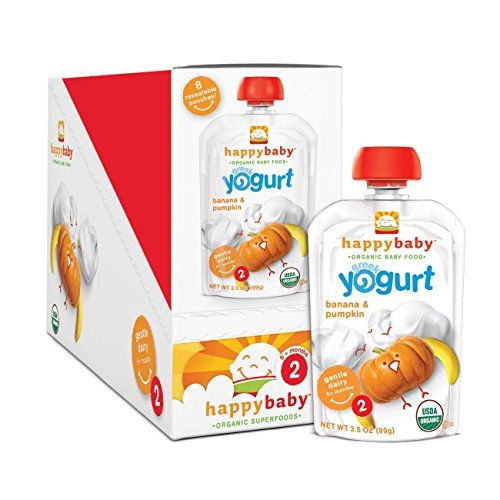
For me, that did not mean I breastfed under a big, hot shawl. But I would choose a quiet corner, turn away from people, or cover with a very lightweight muslin blanket. I also chose clothes that allowed for easy breastfeeding without much exposure.
I never got any negative comments or looks while breastfeeding in Thailand. Use your best judgment, but know that it is a culture that loves families but is also modest.
Check out your hotel or Airbnb for hazards.
I mentioned this above, but keep in mind that building standards in Southeast Asia are not always the same as what we are used to. I have stayed in an apartment with a 4-story stairwell without any guardrails (outside of the apartment door thankfully, so we were super on top of deadbolting that door!)
Do not expect your hotel or Airbnb to be babyproof. You can check the listing ahead of time to look for any major hazards, but be sure to do a walk-around when you get there to look for things like unsafe stairs, accessible pools, unsecured windows, etc.
See here for tips on how to babyproof your Airbnb or hotel room.
Bring your favorite baby-wearing device.
Depending on where you are staying in Thailand, you may want to consider leaving your stroller at home. Even in touristy areas, we found that many of the streets would have been absolutely impossible to navigate with a stroller, no matter how rugged it is. Half the time you’re walking over piles of jagged rocks pretending to be a sidewalk.
But taking the Skytrain to the mall in Bangkok? Or sauntering around the resort in Koh Yao Yai? Getting around the airport? These are the times that we wanted to have a lightweight travel stroller. You will need to decide if the amount of time that you can actually use your stroller will be worth it. If you are spending very little time in the big cities, it might not be.
Such a cozy place to snooze.I love babywearing while traveling. Even when we do bring our stroller, we always bring a baby carrier as well, because there are inevitably times that a stroller just will not work.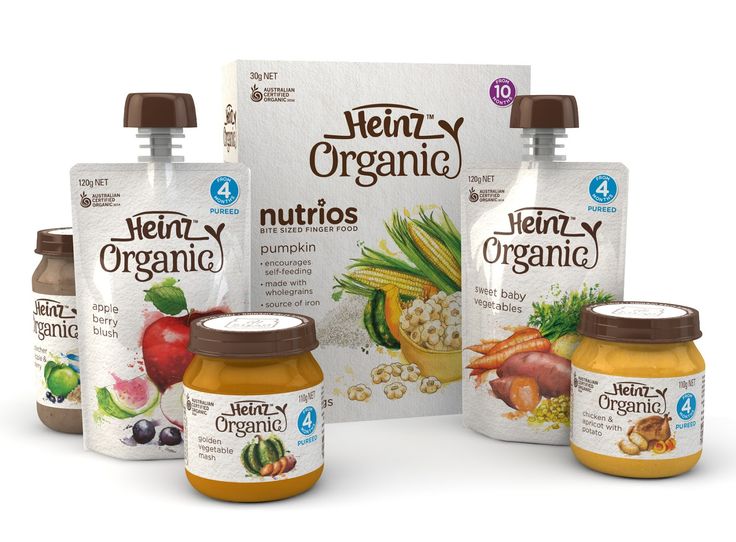 This was true most of the time in Thailand, at least outside of Bangkok. Here are my favorite styles of baby carriers for travel.
This was true most of the time in Thailand, at least outside of Bangkok. Here are my favorite styles of baby carriers for travel.
Don’t expect sidewalks. Don’t expect stroller (or wheelchair) accessible ramps. The locals wear or carry their babies, because in most places, it’s really impossible to do otherwise.
Heading to the beach?
I sure hope so! That’s one of the greatest things about Thailand, after all.
Be sure to read up on how to enjoy your beach vacation with a baby, stock up on the best baby sunscreen, and enjoy your time in the water.
No lifeguards in sight. Or chairs, for that matter.Keep in mind that many beaches in Thailand do not have lifeguards, so be sure to practice really careful beach safety and keep your little one within reach at all times.
You will also want to keep an eye on your valuables while on the beaches. My favorite way to hide our valuables at the beach or the pool? Wrap them up in a (clean!) diaper to look like a used diaper, and set it next to your pile of clothes/towels.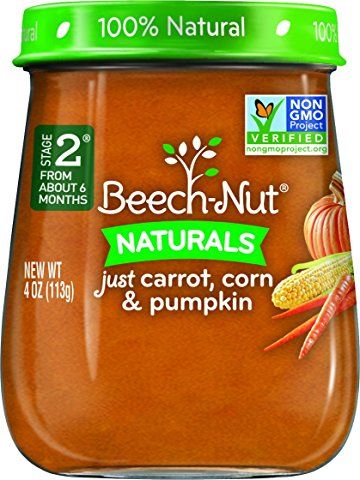 Nobody is going to steal that.
Nobody is going to steal that.
We absolutely loved visiting Thailand with a baby, and we would be thrilled to get back one day to visit Thailand with a toddler. It truly is a wonderful country to bring your little one.
Plan ahead for some of the challenges that come with traveling to Southeast Asia, adopt a relaxed attitude, build in some down-time days, get yourself a good baby carrier if you don’t have one, and have a blast!
Let’s go back right now.Are you planning a trip to Thailand with toddler or baby? Have any questions? Let me know in the comments!
to pin for later:
Children's menu in Thailand - what to eat for children, what to feed a child in Thailand
Many wrongly think that all Thai dishes are incredibly spicy and completely unsuitable for the average European, let alone children. Just think that Thais have children too, and they don't get chili peppers in a bottle of milk. Amazing, isn't it? Of course, Thai children eat mild dishes, of which there are plenty in Thai cuisine.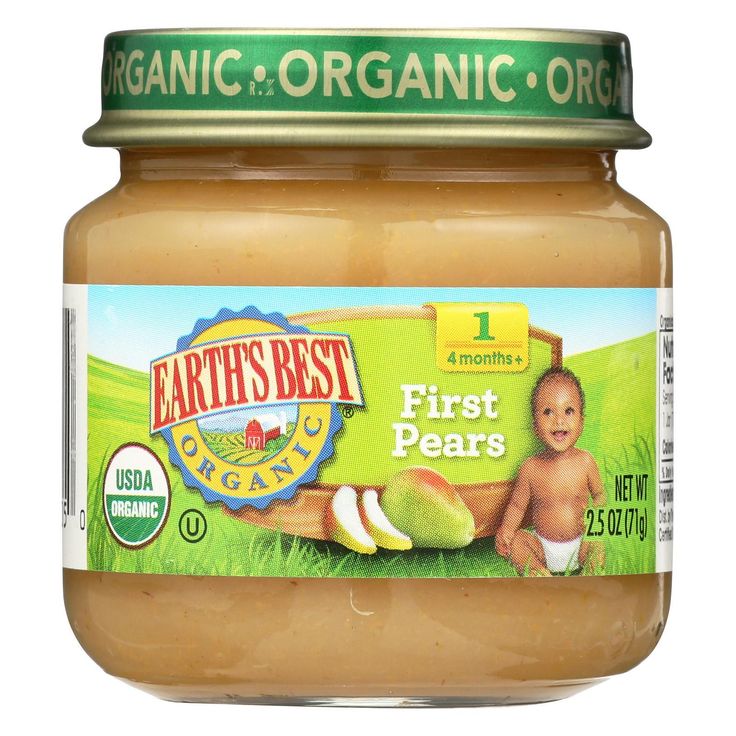 Today I will tell you a little about the children's menu in Thailand.
Today I will tell you a little about the children's menu in Thailand.
Thai food for babies
In any grocery department of large shopping malls, 7-11 and similar stores you will find Nestle Cerelac, Nestle Nan, Nestle Bear Brand, Danon Dumex, Wyeth Nutrition infant formula. Organic Baby Nature cereals, which are diluted with water, breast or baby milk: rice, rice-banana, rice-pumpkin and rice-carrot. And cereal Cerelac Nestle: rice with apple and cranberries, oatmeal with prunes, rice without milk and many others. If your child is allergic to lactose, they even sell mixtures with goat's milk.
Various Heinz purees in jars: pear, banana-pear, banana-cream, vanilla-cream, apple-banana cream, egg cream, strawberry-banana cream, apple, parsnip, carrot and sweet potatoes, apple and oatmeal, muesli with apple and blueberries, banana porridge, apple and mango, with sweet corn and pumpkin, with corn and chicken, as well as other products of this company: a mixture with chicken, noodles and vegetables, yogurt banana peach dessert and risotto with vegetables and chicken.
Please note that with meat additives we have some tension, meatballs, we don’t have soups-puree. And the variety of cereals is small: rice and oatmeal, buckwheat and others are not. Keep in mind that any mixtures and purees may not appeal to your child. If he's so moody and only likes certain brands and flavors, take everything with you.
You will have to forget about children's curds and other variety of sour-milk products. Although we sell cottage cheese, sour souse and thick unsweetened yogurt, the choice ends there. In any supermarket and 7-11 you will find fruit yoghurts: Activia, Meji, Dutch Milk and others. In my opinion, Thai yogurts are inferior to Russian ones in terms of taste and the presence of sugar.
Dryers and crackers for those who are teething are almost impossible to find. There are no dryers as a class, and crackers often come with unexpected additives in the form of garlic or pork. But there are cookies that melt in your mouth - Japanese Wakodo and Singaporean Empro Baby Choice.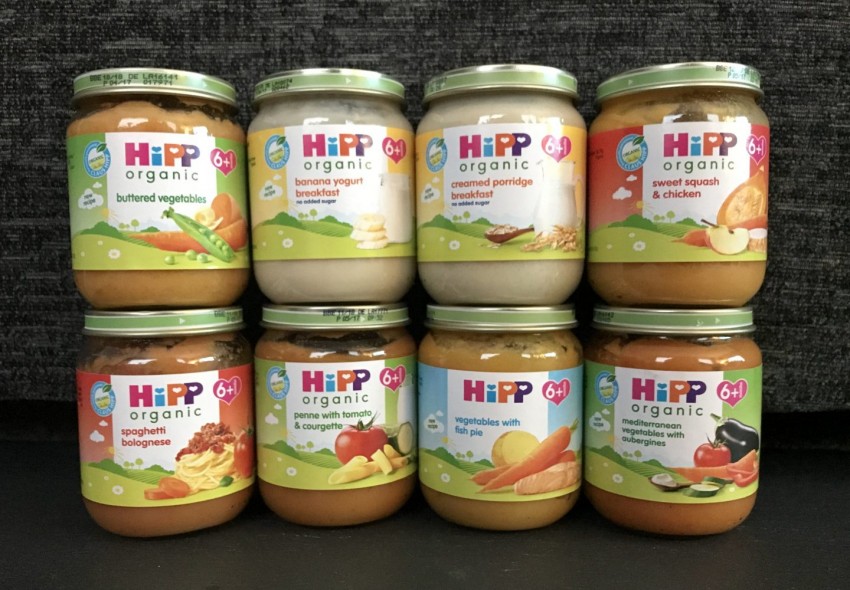
But there are no problems with fruits and vegetables! Apples, pears, watermelons, grapes, carrots, cabbage, and potatoes familiar to your baby are sold in any shopping center and markets. Be careful with exotic fruits, they can cause allergies.
Thai food for children of preschool and school age
As for the little ones, the global problem “there is nothing to eat in this Thailand of yours” simply does not exist. All resorts have restaurants and cafes with European cuisine. Another thing, what is your child used to eating? For lovers of home cooking and hodgepodge, there are Russian restaurants. German and Austrian restaurants are happy to offer mashed potatoes and sausages. In Italian restaurants, your little one will happily eat spaghetti, pizza or lasagna. Even Japanese restaurants have special children's meals, Japanese pizza and chicken and rice. I'm not talking about the mass of fast foods, if your child only eats there.
Almost all European restaurants also serve Thai cuisine - we are in Thailand.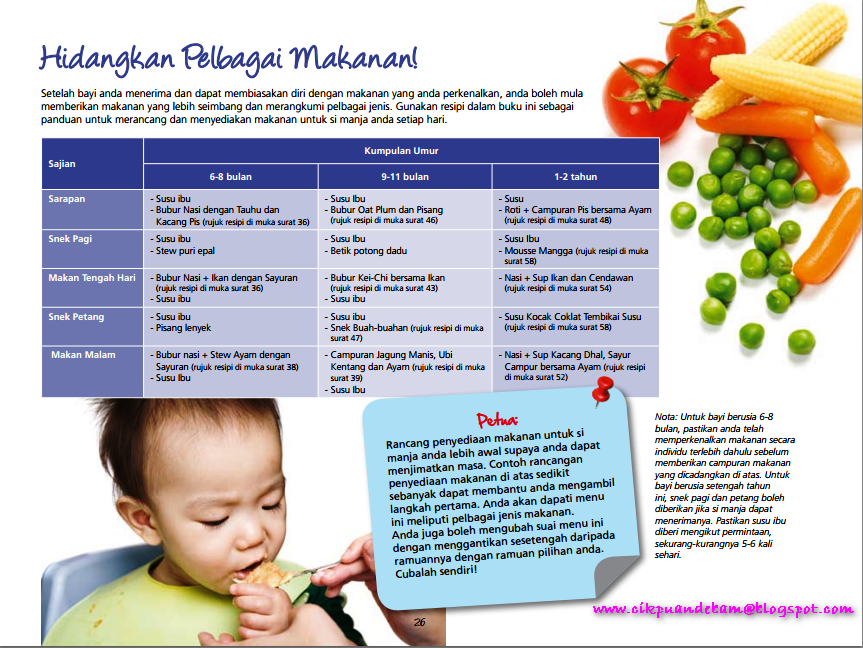 Therefore, parents who are thirsty for the exotic will not be bored. In the end, if your child is absolutely unable to eat anything, offer him rice with ketchup. I can already imagine the indignation of mothers who care for a healthy diet, in the style of "what would you be fed like that!" Therefore, I will continue to shock the public.
Therefore, parents who are thirsty for the exotic will not be bored. In the end, if your child is absolutely unable to eat anything, offer him rice with ketchup. I can already imagine the indignation of mothers who care for a healthy diet, in the style of "what would you be fed like that!" Therefore, I will continue to shock the public.
At 7-11 you can also find something edible for your baby. I will present some ideas for survival in the extreme conditions of a desert island with one 7-11 store. Although this is unrealistic. At 7-11 sausages are spinning: pork, chicken, with cheese and others. Vacuum sealed sandwiches with cheese and ham, chicken wings, sausage slices, which you will be happy to heat up in the microwave.
S&P's ready-to-cook products, in my opinion, are the best: geiosa, similar to dumplings, with pork or shrimp. Not to mention milk, yogurt, cereal, canned tuna and instant noodles. There are even boiled eggs in a pack of 2. Just don't confuse them with salted eggs or century eggs. If you haven't had time to eat breakfast, hot triangles of sandwiches with various fillings will help you.
If you haven't had time to eat breakfast, hot triangles of sandwiches with various fillings will help you.
From Thai cuisine, of course, you can bring a lot of mild dishes. But will your child like them? Does he eat vegetables? I will give below a small list of dishes that are not spicy and, in my opinion, suitable for children.
List of Thai dishes for children
- Chok or simply jok (โจ๊ก) is a traditional rice porridge with minced pork that Thais eat for breakfast.
- Khao Thom (ข้าวต้ม) - rice soup with pork, chicken or fish.
- Khao Khai Thiaw (ข้าวไข่เจียว) - rice with fried egg, as a variation can be fried rice with scrambled eggs.
- Khau Man Kai (ข้าวมันไก่) - boiled chicken pieces with rice cooked in chicken broth, this dish is usually served with broth.
- Khao Phat (ข้าวผัด) - fried rice with egg, herbs and what you order: chicken, pork, seafood or vegetables.
- Khao Suai (ข้าวสวย) - steamed jasmine rice.

- Khau Niau (ข้าวเหนียว) is traditional sticky rice.
- Khao Phat Sapparot (ข้าวผัดสัปปะรด) – fried rice with pineapple chunks.
- Khao Mok Kai (ข้าวหมกไก่) - rice stewed with chicken and turmeric.
- Kuay Tieu Nam Sai (ก๋วยเตี๋ยวน้ำใส) - soup with noodles and meatballs made from chicken, beef, pork or fish.
- Po Pia Thot (ปอเปี๊ยะทอด) - fried spring rolls with vegetables.
- Keng Tjut (แกงจืด) - soup with vegetables.
- Keng Pa Kai (แกงป่าไก่) - soup with vegetables and chicken.
- Keng Om Kai (แกงอมไข่) - soup with vegetables and chicken.
- Kaeng Tjut Wunsen (แกงจืดวุ้นเส้น) is a clear broth with glass noodles, pork, mushrooms and onions.
- Keng Tjut Tofu (แกงจืดเต้าหู้หมู) is a clear broth with minced pork, tofu, mushrooms and onions.
- Phat Thai Ho Khai (ผัดไทยห่อไข่) - fried noodles with wheat germ wrapped in a fried omelet envelope.
- Khai Thiu (ไข่เจียว) - scrambled eggs.
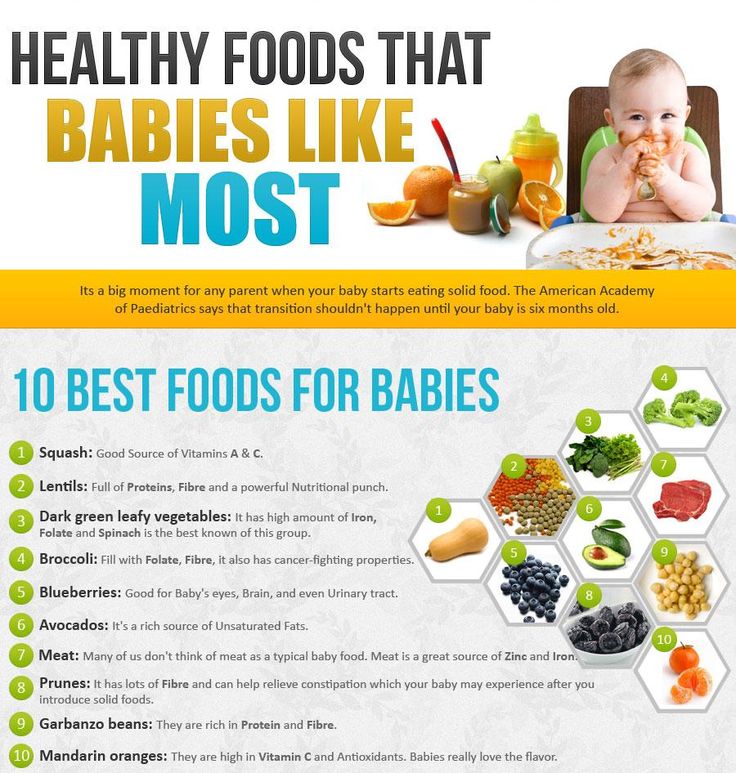
- Khai Daw (ไข่ดาว) - fried egg.
- Sate Kai (สะเต๊ะไก่) - chicken skewers with peanut sauce.
- Kai Phat Met Mamuang Himaphang (ไก่ผัดเม็ดมะม่วงหิมพานต์) - chicken with cashew nuts.
- Kai Yang (ไก่ย่าง) - grilled marinated chicken pieces.
- Kung Sarong (กุ้งโสร่ง) - shrimp wrapped in crispy noodles.
- Pla Neung Si Iu (ปลานึ่งซีอิ๊ว) - steamed fish with soy sauce.
- Phat Phak Ruam Mit (ผัดผักรวมมิตร) - fried vegetables.
- Salapau (ซาลาเปา) - steamed pork patties.
And just in case, do not forget to tell the waiter MAY PHET (ไม่เผ็ด) or KNOW CHILLI, pointing to your baby: this means "please cook not spicy for my child." I advise you not to give your children drinks with ice, in restaurants ask the waiter about it - mai sai nam khen or know ice.
Mummies and daddies share in the comments the dishes that you fed your children.
You may be interested in reading:
The best Thai food - everyone should try it!
Russian restaurant Dom Spice - for children and those who miss Russian cuisine
Dino Park - a restaurant with dinosaurs and an elephant
Where to go with a child in Bangkok - unusual restaurants and cafes
Phuket with children - all attractions and entertainment
What to feed child in Thailand
It is difficult to choose insurance, so my TOP insurance in Asia will help you.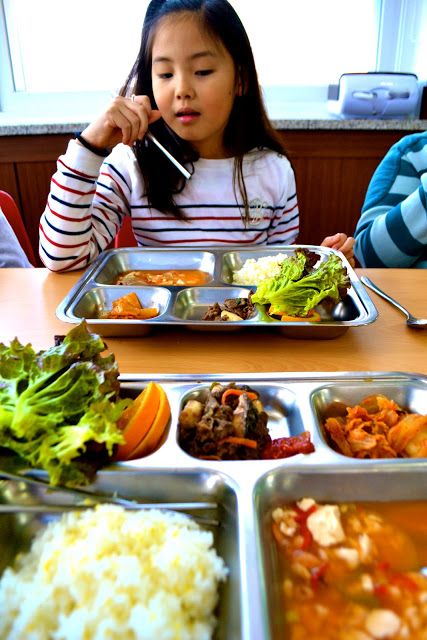 I constantly read forums and use insurance myself.
I constantly read forums and use insurance myself.
TOP insurance →
It is not possible to cover all aspects of baby food in Thailand in this article, because everyone has their own problems with feeding, and children have different ages. Therefore, I will talk more about our case.
Although Egor is almost two years old, in terms of nutrition he can be put on the level of one-year-olds. This means that he eats mostly pureed food from a spoon so far, and almost no pieces like fruit will be given to him. However, I will also talk a little about feeding older or less selective children. 9Ol000 I remind you that it is imperative to make medical insurance, at least for a child. You never know. Some kind of Quincke's edema or just getting into the hospital for 1 day, and you can get money. See my main post about insurance. Everything is collected there at once: how to choose, how to use insurance correctly, what options are needed and what are not, what insurance does not cover, and so on.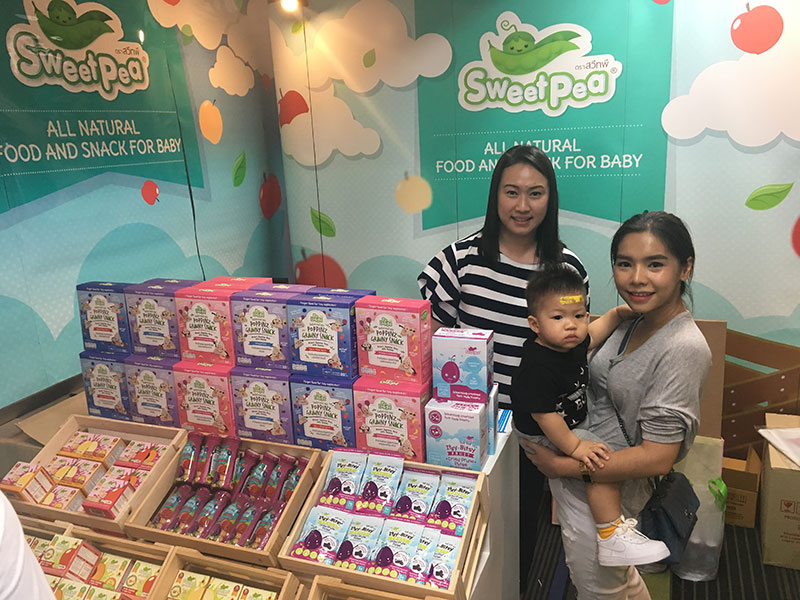 Plus already 1000 reviews from readers and also with useful information. I try to update the post promptly so that you can always choose more working insurance.
Plus already 1000 reviews from readers and also with useful information. I try to update the post promptly so that you can always choose more working insurance.
My insurance rating →
Purchased mashed potatoes
When we flew to Thailand, we were worried about the question of whether there are mashed potatoes that we are so used to in Russia (a post on how to find familiar products in Thailand). No, we do not feed them constantly, and in general we try to buy only those that do not contain flour and starch. Usually we cook our own food, but on the road, the easiest thing is store-bought mashed potatoes. And just when moving, while you live in a hotel, it is not always possible to cook something. Therefore, we took 10 jars with us from Russia, and it was right (I recommend). Although, as it turned out, there are mashed potatoes in Thailand! More on that below.
Food in jars is sold here only in large supermarkets: Tesco Lotus, Big C, Villa Market, Tops Market, etc. , that is, not always within walking distance (almost any grocery store in the Motherland has it). Baby food in Thailand is less familiar in terms of ingredients, its choice is more scarce, food is more expensive (50-90 baht), because most often it is imported (Heinz). Information on purely Thai purees is written in Thai, but the ingredients are in English.
, that is, not always within walking distance (almost any grocery store in the Motherland has it). Baby food in Thailand is less familiar in terms of ingredients, its choice is more scarce, food is more expensive (50-90 baht), because most often it is imported (Heinz). Information on purely Thai purees is written in Thai, but the ingredients are in English.
Flavor examples: apple+mango+banana, apple+banana, apple+mango, apple+currant, apple+spinach+sweet potato, sweet potato, spinach+sweet potato, parsnip+carrot+sweet potato. Basically, there are fruit purees, but we can say that there are no vegetable purees familiar to us. I didn’t see fish puree, I met chicken once. By the way, mashed potatoes are sold in two containers: in jars, like ours, and in soft packs. The last thing is very convenient, you can feed like an astronaut, squeezing it right into your mouth :)
Very convenient container for baby purees What else is sold in large supermarkets from baby food? There are various cereals (mainly from Nestle), milk formulas for very young children (the choice is large), all sorts of different muesli.
And a little on a related topic. If you need a high chair, then you should think about this issue in advance. For example, on Samui we could not find anything suitable for ourselves and regretted that we did not take our compact high chair from home (it fits easily into a suitcase). Everything that we managed to find here looks like a copy in the photo. We were not satisfied with the price (there were other wooden ones for 4900 baht) and the lack of a normal fastening (we need it, like in a stroller with shoulder straps).
Baby chair on Koh Samui for 2700 bahtFood at home
Since we feed purees mostly only when we move, or when we are too tired, we cook at home. In the morning Egor consistently eats hercules (Oats) with chopped fruit. Most often it is mango, but it can also be banana, papaya, dragon fruit, watermelon, apple, or a mixture of several fruits. We also add linen urbech brought from Russia, a very useful thing.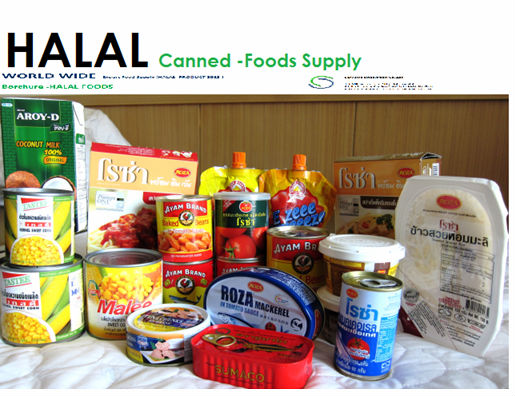 However, I saw flax in the Villa Market in Bangkok, so you can buy it in Thailand and then make something similar out of it.
However, I saw flax in the Villa Market in Bangkok, so you can buy it in Thailand and then make something similar out of it.
For lunch and dinner, we make rice in a rice cooker (brown, red, black, white), chop vegetables with a blender and add some shrimp. As a rule, vegetables are: onions, carrots, zucchini, broccoli, cauliflower, tomatoes, potatoes. All vegetables are fresh and can be bought at the supermarket or market. The price plus minus is the same, you can see it in the photo. We also bought frozen vegetables once, but the price for them is about 150-200 baht per pack.
Vegetables familiar to us in Big C with prices Cherry tomatoes, broccoli, cauliflower Also in Thailand, there are regular eggs and quail, fish and seafood, all kinds of meat, both fresh and packaged, for sale. All this is also sold in the supermarket and on the market. You can also buy yogurt and milk in 711 / Family Mart supermarkets and minimarkets. Imported yoghurts, of course, are only available in large supermarkets.
Imported yoghurts, of course, are only available in large supermarkets.
Food in cafes and on the street
If you give your child everything that you eat yourself, then in principle nothing prevents you from giving him any Thai food in a cafe. Just ask for no spicy (know spicy), and you can still point to the child with any explanation, so that they understand it better.
One of the simplest dishes, often found and adapted at the same time, is Kau man gai (steam rice and chicken), that is, rice + a bowl of broth + chicken. No spices and other things, everything is like in Russia. Or a good breakfast dish - Cau Nia Ma Muang (sticky rice and mango), that is, sticky rice + coconut milk + mango pieces. But that's it for a start. Then you will try different things yourself and decide what you can give the child.
Since Egor eats almost nothing of the kind here, we sometimes buy boiled rice (steam rice / kau) for him in a cafe, or store-bought mashed potatoes, or boiled shrimp (kung).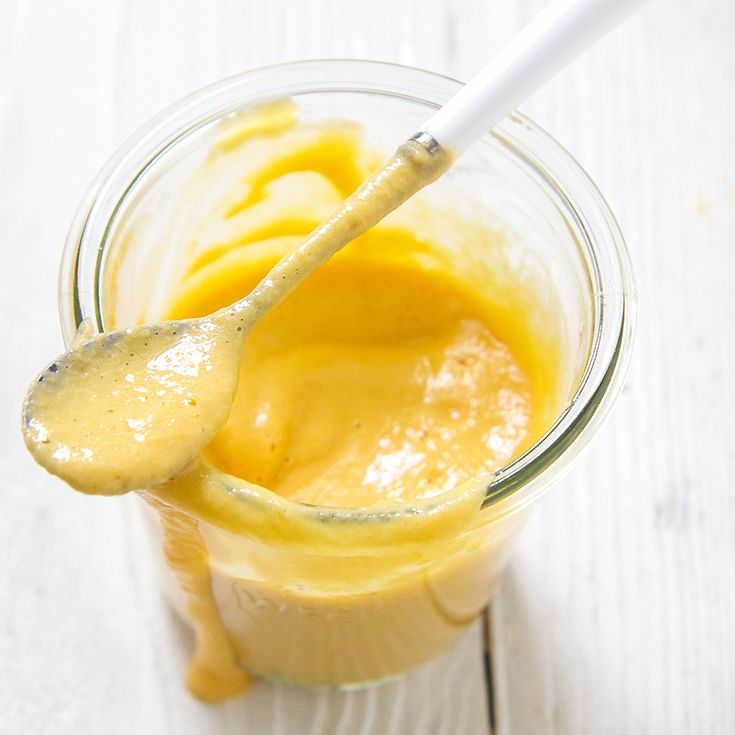 You just need to ask that they do nothing with them either (no salt, no sauce). You can also take ordinary boiled vegetables, but we have nothing to turn them into mashed potatoes in a cafe, so it’s for the occasion to take it home and chop it there. In general, at the moment, we often just take him freshly squeezed juice without ice and sugar (no ice, no sugar), and feed him at home.
You just need to ask that they do nothing with them either (no salt, no sauce). You can also take ordinary boiled vegetables, but we have nothing to turn them into mashed potatoes in a cafe, so it’s for the occasion to take it home and chop it there. In general, at the moment, we often just take him freshly squeezed juice without ice and sugar (no ice, no sugar), and feed him at home.
What to feed an older or less picky child
If you simply answer, then feed the same food that you yourself eat. Most likely, if you like Thai dishes, then you and your children will feed them, and vice versa, if you don’t like it, then you won’t.
I think everyone understands that Thai is not Europe, and the food preferences of local residents are different from ours, which means that not everything can be found in supermarkets (but a lot), especially at the price we are used to. With a cafe, the situation is the same, only Thai food is really cheap.



